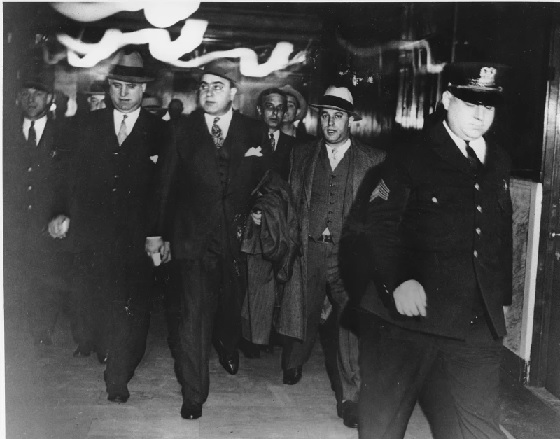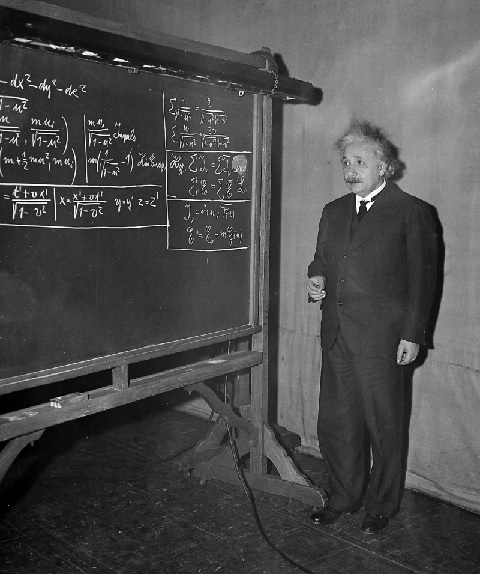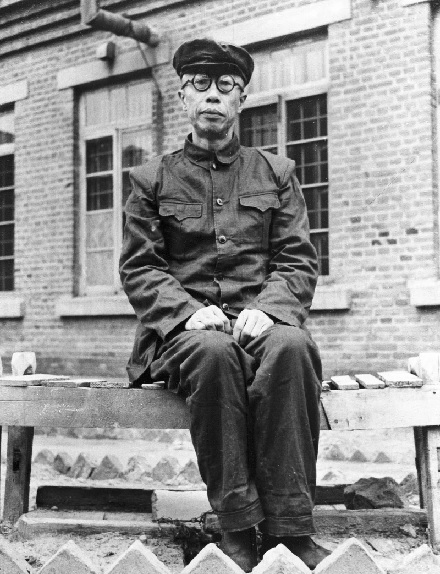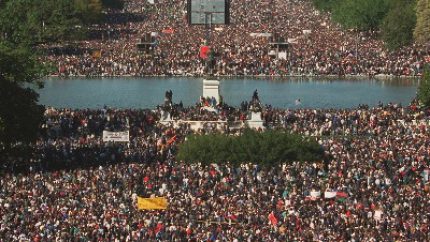1989 Northern California Earthquake:
On October 17, 1989, northern California experienced a devastating earthquake with a magnitude of 6.9. This catastrophic event killed 63 people and caused an estimated $10 billion in damages. Striking just before Game 3 of the World Series at Candlestick Park, the Loma Prieta earthquake exposed vulnerabilities in the region’s infrastructure, prompting significant advancements in earthquake-resistant construction. The quake remains a stark reminder of the power of natural disasters and their potential to reshape communities.
1777 Saratoga Surrender:
On this day in 1777, British forces under General John Burgoyne surrendered to American troops in Saratoga, New York, marking a crucial turning point in the American Revolutionary War. The victory at Saratoga not only boosted American morale but also convinced France to enter the war on the side of the revolutionaries, a decision that was instrumental in securing ultimate victory. The Saratoga campaign is often considered the moment that solidified the eventual independence of the United States.

1931 Al Capone Convicted of Tax Evasion:
In 1931, notorious mobster Al Capone was convicted in Chicago of income tax evasion, a charge that led to his sentencing of 11 years in prison. This marked a significant moment in U.S. law enforcement history, as Capone’s conviction demonstrated the power of the federal government to bring down organized crime leaders by unconventional legal means. His downfall also symbolized the culmination of years of efforts to curtail the influence of organized crime during the Prohibition era.

1933 Albert Einstein Arrives in the U.S.:
On October 17, 1933, Albert Einstein, one of the most brilliant minds of the 20th century, arrived in the United States as a refugee from Nazi Germany. Einstein’s emigration underscored the tragic intellectual and cultural loss for Germany as a result of its antisemitic policies. His presence in the U.S. would greatly influence the development of American scientific research, particularly in theoretical physics, and he would later play a key role in warning the U.S. government about the potential development of nuclear weapons.

1967 Death of Puyi, Last Emperor of China:
Puyi, the last emperor of China, died on October 17, 1967, in Beijing at the age of 61. His life symbolized the end of over 2,000 years of imperial rule in China and the profound political and social changes that shaped the country in the 20th century. Puyi’s reign, which ended in 1912 with the establishment of the Republic of China, marked the beginning of a new era in Chinese history, transitioning from dynastic rule to the rise of the Communist Party.
1979 Mother Teresa Wins Nobel Peace Prize:
Mother Teresa of India was awarded the Nobel Peace Prize on this day in 1979 for her tireless work on behalf of the poor and suffering. Founder of the Missionaries of Charity, her dedication to helping the most vulnerable, particularly in Kolkata, earned her worldwide recognition as a symbol of compassion and selflessness. Her work highlighted the pressing global issues of poverty and inequality, and her influence continues to inspire humanitarian efforts across the globe.

1989 World Series Earthquake:
On October 17, 1989, just 30 minutes before Game 3 of the World Series was set to begin at Candlestick Park in San Francisco, the Loma Prieta earthquake struck Northern California. The game was canceled, and the series was postponed for 10 days due to the widespread devastation caused by the earthquake. This event brought national attention to the fragility of urban infrastructure in earthquake-prone areas, spurring significant improvements in emergency preparedness and response protocols.
2018 Aftermath of Hurricane Michael:
In 2018, residents of Mexico Beach, Florida, returned to devastation after Hurricane Michael, which had made landfall a week earlier. The storm killed at least 59 people and caused more than $25 billion in damage across several states, including Florida, Georgia, the Carolinas, and Virginia. As one of the most powerful hurricanes to strike the U.S., Michael emphasized the increasing threat posed by stronger, more destructive storms, likely exacerbated by climate change, and the critical need for resilient infrastructure in vulnerable coastal communities.









